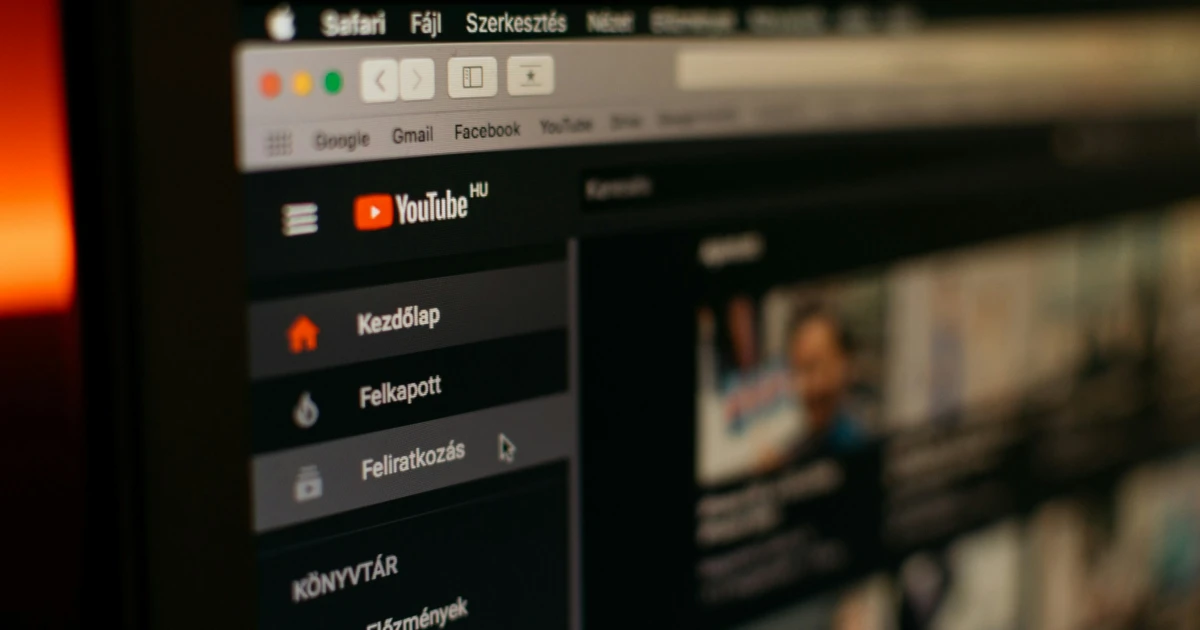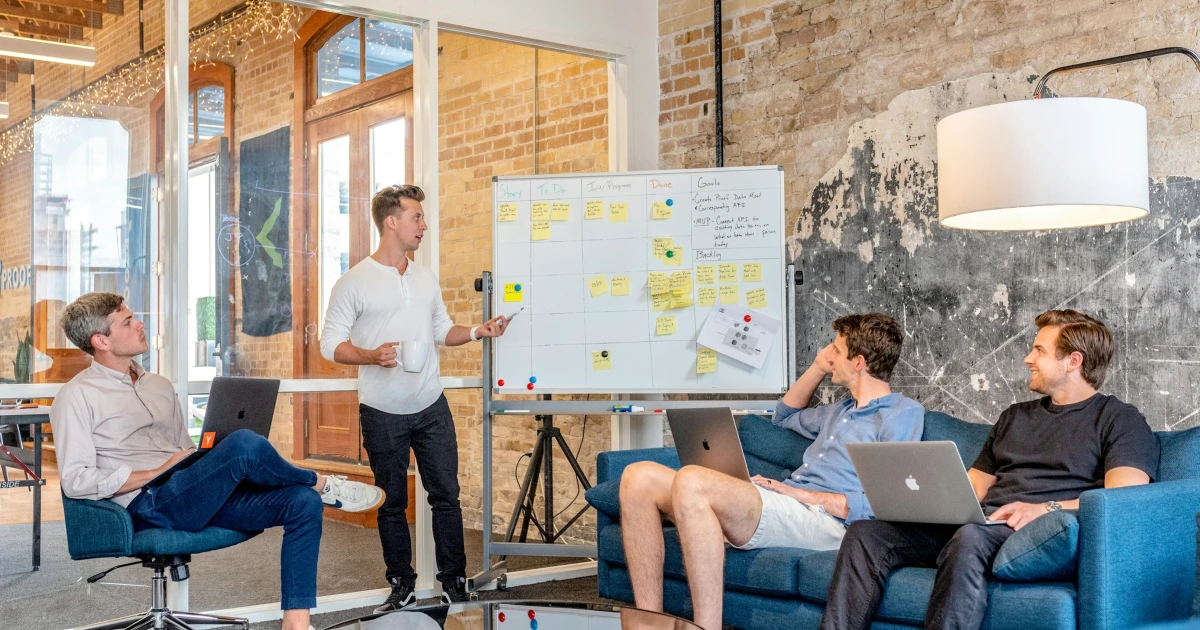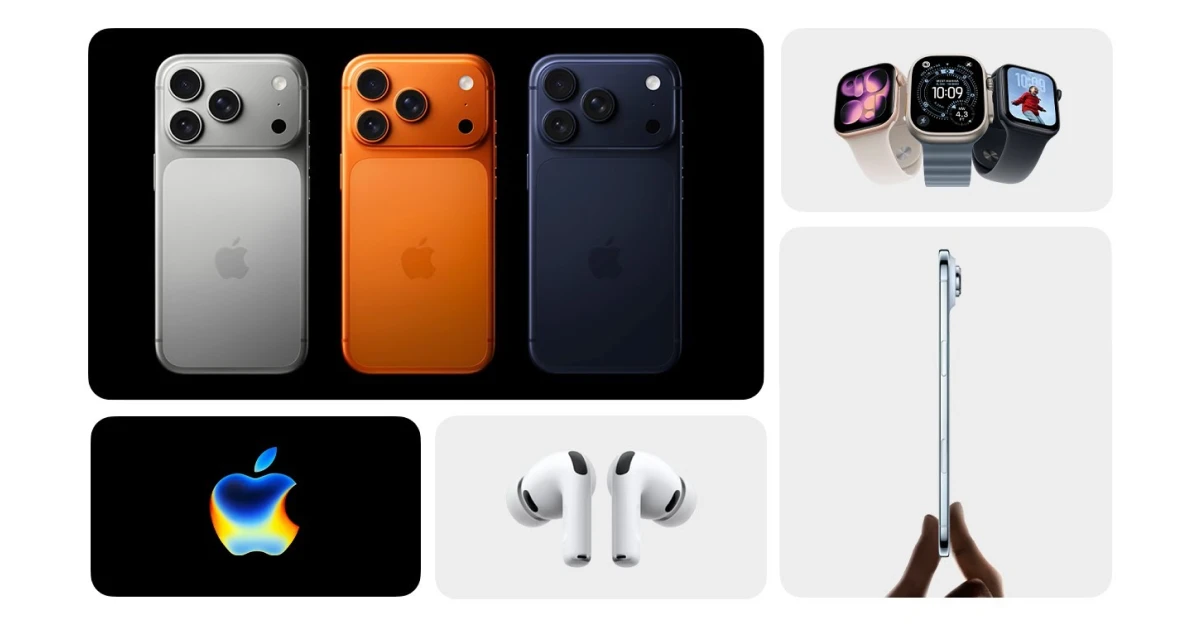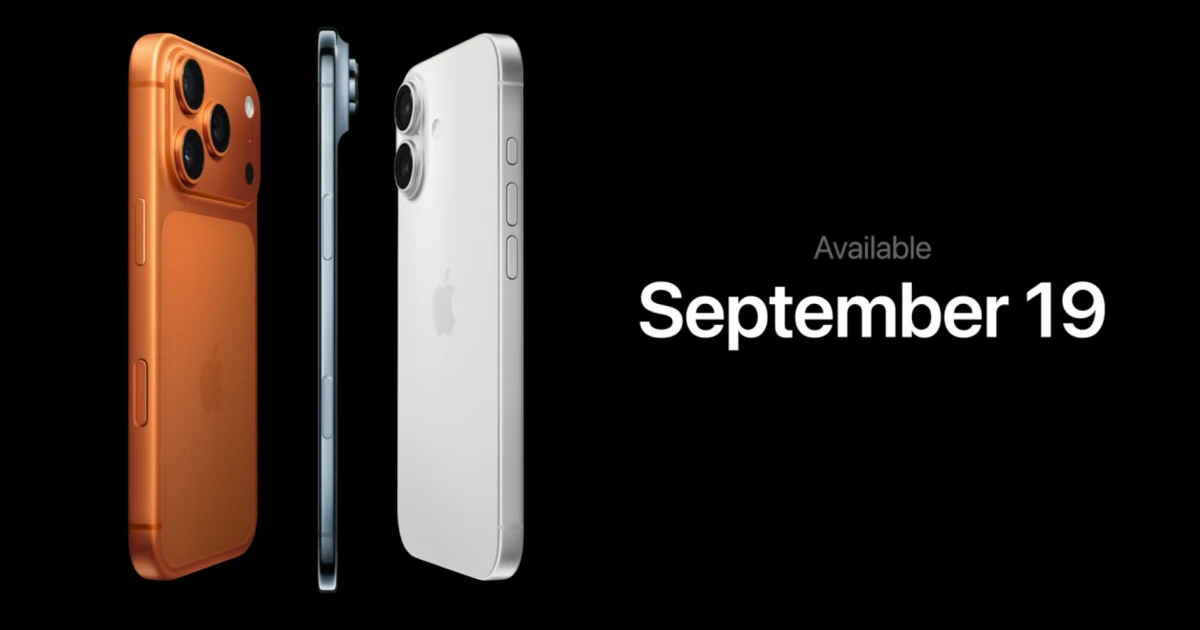This might come as a surprise to many, but the first holograph is older than you think. Holography was invented in ‘47, and it looked nothing like it does today. It was invented by Dennis Gabor and the principle behind it was the wave nature of light. A few years later, the first 3D hologram made its appearance.
As a society, we’re still in the stage where holograms are some futuristic technologies that mainly exist in the minds of sci-fi writers. We can all remember Blade Runner 2049, right? And, for those who didn’t know in this movie, one of the characters lives together with his AI hologram companion.
But the idea of holograms is becoming increasingly real and viable to the reality that we live in. After all, the COVID-19 pandemic lockdown and its implications of shifting to the online world have alarmingly harmed the progression of education technology for this newest generation of children, especially in those underdeveloped and developing countries where the governing system was not prepared for such circumstances.
So, after the educational challenges that we have undergone in the last couple of years, it has become clearer than ever that, indeed, for great results, there must be an actual direct relationship between the teacher and their students. And, unfortunately, this cannot be accomplished via a screen.
Many of us have likely experienced unengaging Zoom conferences or calls, as well as observed students who appear disinterested in online classes. It's a common challenge to maintain focus when online classes can feel more like watching a television show on a laptop than participating in an immersive, in-person learning environment.
However, to everyone’s surprise, studies have illustrated that holograms are, in fact, our solution.
The essence of mixed reality lies in the integration of the virtual and real world. And, due to their ability to project three-dimensional images (virtual environment) onto our screens (real world), holograms have the potential to drastically revolutionize the entire school system. How, you may wonder? Simple: by transforming and enhancing the overall learning experience.
Think how much faster you would understand how the human body works, or see the skeleton.
With this new technology, we, as students, can interact with holographic images of our teacher, making it appear as if we were in the same room. As previously explained, this is particularly useful in online learning conditions, where students may feel disconnected from their teachers and peers. Nevertheless, with holograms, students can see everyone around them, so it doesn’t lose its authentic feel of being a traditional classroom.
And that’s not all! The incorporation of holograms in classrooms goes beyond just the projection of our teachers. It offers the possibility to take students on virtual field trips. On first thought, you might think, “Okay, so what?”. But its ability to display geographical sites, view scientific experiments, or even participate in historical moments will make a difference for a lot of students. Especially for those who are frustrated with the traditional memorization-based learning system.
Imagine you are in history class and studying the ruins of the Roman Empire. However, for a better understanding of the use of holograms, students can see how the empire looked before and after.
Let’s face it – holograms serve as the bridge to mixed reality, which traditional education instruction cannot match. A school in Canberra, Australia, is pioneering a groundbreaking approach to teaching by introducing holographic technology into its curriculum. And now, Canberra students are able to explore a 3000-year-old building and visualize the interior structure of a life-sized human body. Imagine being able to see the inner workings of an actual heart!
However, holograms in education technology are not without challenges. Let’s be honest – this type of new technology is costly. Because holographic equipment is still not widely commercialized, it makes it challenging (and pricey) for schools to embrace it. Additionally, there is also a learning curve associated with employing holograms, which may require specialized training for teachers. Which, again, can be prohibitively expensive.
Even more so, we must acknowledge that while holograms and mixed reality can be considered the solution to enhancing the educational system, we are not yet at the point where they are capable of replacing traditional face-to-face teaching. For now, it can simply act as a helper!
















